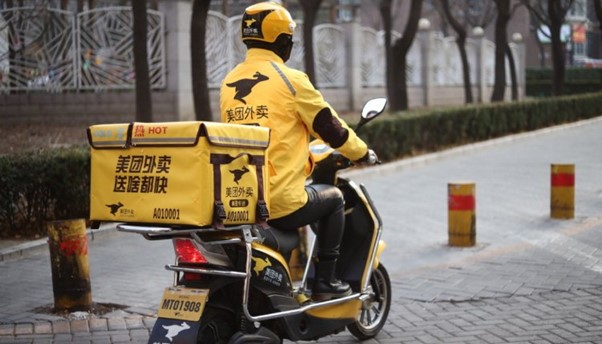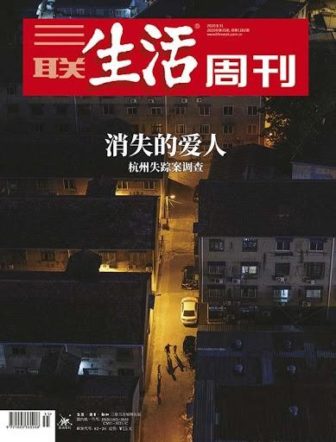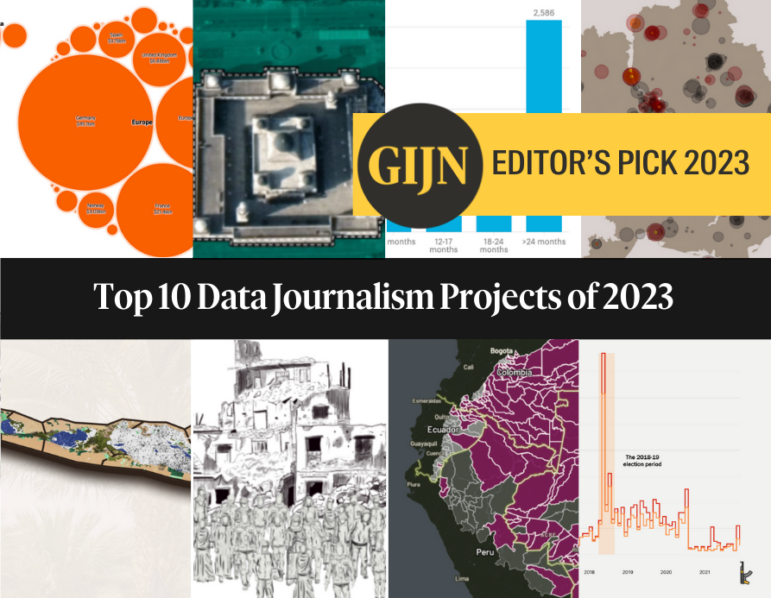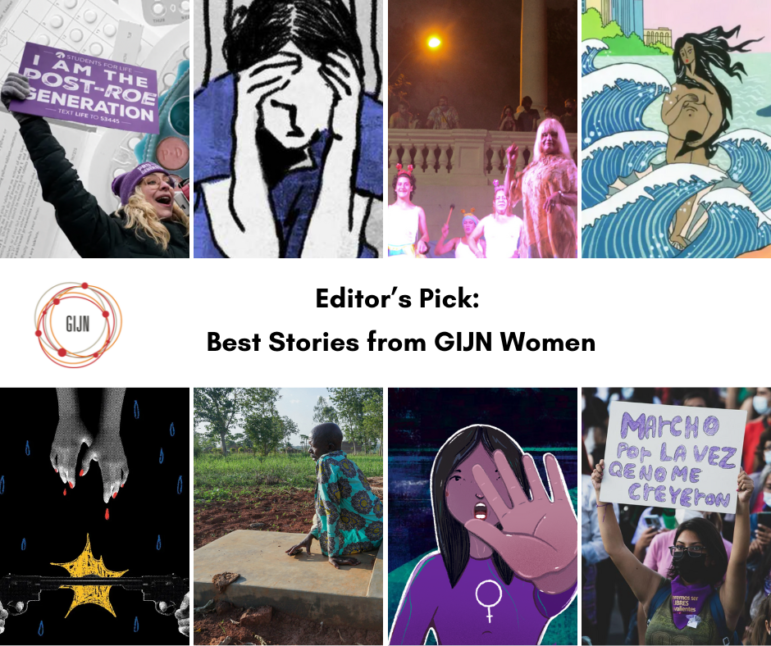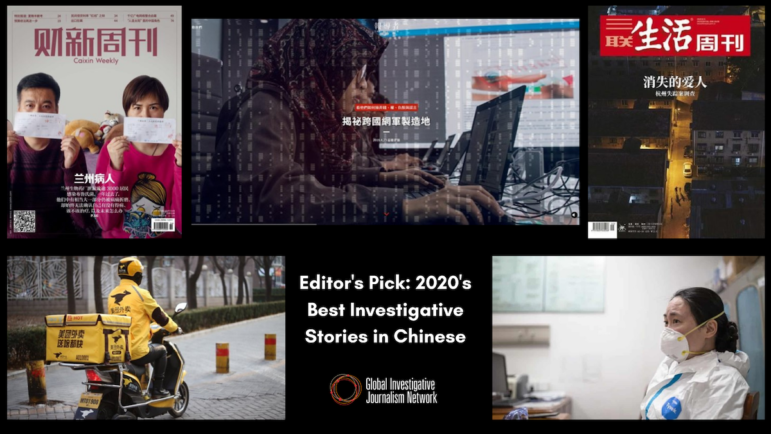

Editor’s Pick: 2020’s Best Investigative Stories from China and Taiwan
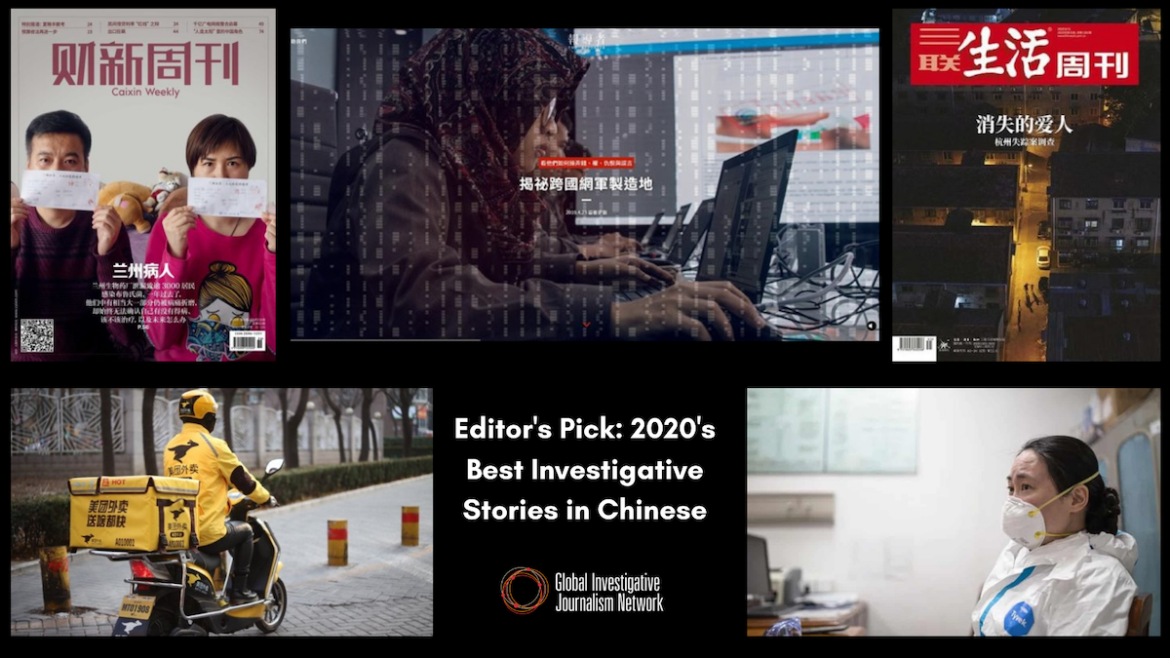
Press freedom in China has not improved this year, with the country ranked fourth from the bottom in the 2020 Press Freedom Index produced by Reporters Without Borders (RSF). According to the BBC, at least three citizen journalists have been detained for investigating the coronavirus pandemic, while civil society groups calling for investigation and accountability are rapidly being silenced.
At the same time, the COVID-19 outbreak has sparked a new wave of Chinese muckraking. Since the first cases were detected in the Chinese city of Wuhan, the country’s media outlets appear to have produced more high-quality investigative reporting than they have in years. In the wake of the pandemic, many investigative journalists have turned their attention toward the public health sector. Our list features stories about the hospitals where the virus was first detected, the whistleblowers who revealed what was happening in Wuhan’s hospitals, and the outlets that investigated how the outbreak was handled.
Beyond the reports into the pandemic, one leading investigative outlet dug into an outbreak caused by a bacterial leak at a biopharmaceutical company, and found that the number of people infected was more than 10 times the official figure. In other fields, excellent investigations have been published on domestic violence, abuse of labor rights, and fake news.
As part of the GIJN Editor’s Pick series for 2020, below are some of the best works of investigative journalism from China and Taiwan, as selected by the GIJN Chinese team.
Changing the Diagnostic Criteria for COVID-19 (Freezing Point Weekly)
Why was the COVID-19 outbreak not effectively controlled in its early stages? There is no doubt that the issue is closely related to the reporting criteria implemented by the hospital where the first cases were discovered. This investigation by Freezing Point Weekly, from the big nationally-circulated publication China Youth Daily, revealed that from the very beginning, the Wuhan Municipal Health Commission had two different diagnostic criteria for “Pneumonia of Unknown Cause.” Use of the stricter reporting criteria contained in a white logbook at the hospital where the first cases were seen prevented the reporting of a large number of early cases. The discovery of two different diagnostic criteria is significant in tracing the origins of the outbreak, while the report also gives a glimpse into the responsibility of Chinese bureaucracy in how the situation was managed.
Delivery Workers Trapped in an Algorithm (Renwu Magazine)
In China, delivery work has become a dangerous profession. Delivery time is the most important assessment indicator for workers, and taking too long to deliver an item means bad reviews, a lower income, and even the risk of getting fired. Since there are no trade unions, delivery workers cannot fight against the time allotted by the algorithms used by the delivery platforms, and have to resort to speeding and other practices to ensure on-time delivery, which in turns causes traffic accidents, some of them fatal. But what should the relationship between people and algorithms look like? Renwu Magazine, a monthly news magazine, sought to answer this question with this six-month investigation, interviewing dozens of delivery workers, participants at all stages of the delivery chain, and sociologists across the country. The report, published in September, sparked enormous social debate about delivery platforms such as Meituan(美团)and Ele.me(饿了么), which are hugely popular for food deliveries across the country. The investigation led to better conditions for delivery workers, with more flexible hours and other measures to improve working conditions.
Lanzhou’s Patients (Caixin)
The investigative team at Caixin — China’s leading financial and investigative news organization — made our list for their work on a different public health crisis: this one involving an outbreak of Brucella, an infectious bacteria that can lead to brucellosis in humans, causing fever and sickness. The outbreak started at the Lanzhou Biopharmaceutical Plant, a unit of the state-owned China Animal Husbandry Industry. There, workers used out-of-date sanitizers in the production of vaccines, allowing the bacteria to escape through the plant’s exhaust vents and infecting people living and working nearby. While 203 infections were reported last December, until this report came out, there was no official record of further infections nor was anyone held legally responsible for a major public health incident. When Caixin’s journalists investigated, they found that the number of people actually infected by the bacteria was more than 10 times the official figure. Those infected also didn’t know when they were infected, whether they have brucellosis — the disease caused by the bacteria — whether they should be treated, and what to do if Brucella has been lurking in their bodies. After the story was widely shared, the Lanzhou Health Committee confirmed that 3,245 people had been infected and promised to implement a compensation scheme.
The Regret of Wuhan: How China Missed the Critical Window for Controlling the Coronavirus Outbreak (China News Weekly)
The cover story of China News Weekly put together a detailed timeline for the month leading up to January 23, 2020, the day that the city of Wuhan closed down, asking: How was it that the critical window for controlling the virus was missed? The story presented the local government’s response and what officials from the local and national Center for Disease Control and Prevention did in those critical early weeks, questioning if a decision to downplay the outbreak was made. The story was deleted from the magazine’s own website as well as major Chinese news portals in 24 hours, but some news aggregators outside China managed to preserve a copy. While we still don’t know when the first case of COVID-19 appeared, this story is very helpful for journalists who want to investigate the early days of the outbreak.
The First Whistleblower (Renwu Magazine)
Ai Fen is a doctor at the Central Hospital of Wuhan. In December 2019, she was one of the first doctors to encounter patients infected with the virus that would become known as COVID-19. On December 30, she received a diagnostic report of a suspected COVID patient, which she showed to an ophthalmologist at the hospital named Li Wenliang. Li then shared the report on the Chinese messaging application WeChat. After the report was widely distributed, Ai Fen was questioned by hospital superiors. Although we cannot be certain of when the first coronavirus case appeared, this story by Renwu Magazine sets out how Ai Fen became the first whistleblower. The piece was censored a few hours after it was published, but Chinese “netizens” started a “Whistle Relay,” re-publishing the article on their own accounts, and translating it into English, German, Japanese, emoji, Braille, Morse, and even oracle bone script — an ancient Chinese script. Here is a page with some examples.
Unveiling the Transnational Troll Factories (The Reporter)
 In recent years, armies of cyber trolls have grown rapidly, posting inflammatory or unwanted material online. Who are these operators? How do they manipulate public opinion on the internet, and why? And how do the trolls themselves view what they do and the impact it has on society and the world? In this feature, Taiwan-based nonprofit The Reporter (a GIJN member) traveled to North Macedonia, a small landlocked country that is home to a number of fake news and trolling sites, to interview the “new generation” of online soldiers and their coaches. This feature also provides an in-depth analysis of the situation in Indonesia, revealing how the country’s ruling party and opposition parties are hiring cyber armies to fight each other, as well as interviews with European Union experts and “netizens” on the front lines of the fight against fake news, which has become an increasingly global issue. This feature provides an in-depth analysis of the cyber-troll industry, the chaos it creates, and how to rebut it. A useful reference for any journalist who wants to cover disinformation.
In recent years, armies of cyber trolls have grown rapidly, posting inflammatory or unwanted material online. Who are these operators? How do they manipulate public opinion on the internet, and why? And how do the trolls themselves view what they do and the impact it has on society and the world? In this feature, Taiwan-based nonprofit The Reporter (a GIJN member) traveled to North Macedonia, a small landlocked country that is home to a number of fake news and trolling sites, to interview the “new generation” of online soldiers and their coaches. This feature also provides an in-depth analysis of the situation in Indonesia, revealing how the country’s ruling party and opposition parties are hiring cyber armies to fight each other, as well as interviews with European Union experts and “netizens” on the front lines of the fight against fake news, which has become an increasingly global issue. This feature provides an in-depth analysis of the cyber-troll industry, the chaos it creates, and how to rebut it. A useful reference for any journalist who wants to cover disinformation.
A Woman Burned to Death by Her Ex-Husband (Guyu Story Lab)
Domestic violence is a common problem in China, but when victims call the police, the authorities often refuse to intervene, claiming that it is difficult for officers to settle family affairs. In this article, Guyu Story Lab, Tencent’s non-fiction media, tells the story of an extreme case: the story of 30-year-old social media influencer Lamu, who was burned to death, allegedly by her ex-husband, Tang. Lamu had called the police several times when Tang reportedly came to her mother’s house looking for her, but the police refused to intervene, which eventually led to a tragedy. Tang has since been arrested. The report sparked a huge social outcry, with an online “Lamu Bill” campaign calling for the police to be held accountable in cases of negligence. The campaign was entirely deleted from the internet within 24 hours.
Hangzhou Woman’s Disappearance Investigation (Sanlian Life Magazine)
On July 5, 2020, Hangzhou resident Lai Huili, 53, was murdered in her sleep, then dismembered and dumped in a septic tank. On July 25, local police announced that her husband was a suspect and had been arrested. Sanlian Life Magazine, a news and cultural weekly publication, visited the areas where the couple lived and grew up, seeking to recreate the trajectory of their upbringing and to give readers an understanding of who they were. This true crime investigation is somewhat similar to the US investigative podcast Serial. It also examines the ups and downs of people’s fates in the rapidly urbanizing centers of China through the lens of this family’s story.
Joey Qi is the editor of GIJN in Chinese. He has over seven years experience in journalism, including three years in media management. He is one of the founding members of The Initium Media, where he designed the daily news section and built the team.





